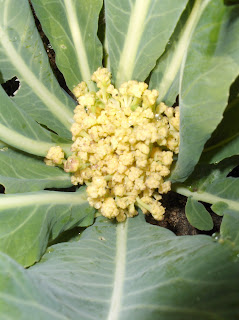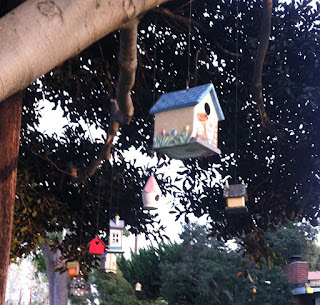At dusk last night, as I was saying good night to my garden, I saw what I thought was tragedy in the snap peas. A lizard had become ensnared in the grow net I used to support my pea vines this year. I felt terrible as the lizards are abundant in my garden and having seen each other so much, we are dear enemies. Oh, when they see me, they still do their ritualistic push ups but mostly out of instinct; after all we see each other all the time.
Unfortunately this lizard was D.E.A.D as a doornail--blackened and stiff.
About an hour ago, I decided to take a quick look at the garden because with 90 degree temperatures expected today, I thought some plants might be stressing. As I passed the dead lizard (awaiting my dear husband to remove his body), there was twitching and wriggling. The little stinker was alive. Now for the rescue.
A large piece of the grow net was removed with my dear enemy smack in the middle. His front feet were caught, back feet caught, middle cinched by the net. Somehow, he had twisted three filaments around his neck. All very tight. With scissors, back feet were carefully freed. Next for the middle. With just enough wiggle room to get my scissors between lizard and net, I was about to snip his middle free on the third try. Heaving breathes taken...by both of us. Glassy black eye staring.
Front feet freed. Finally, if I could snip the filaments around his neck without catching his body in the process, this ordeal might have a happy ending. By now, I had determined just the right amount of pressure to let me slide the scissors next to him without any dire consequences. Snip, snip, snip. Leap and away to the bushes.
I felt terrible that I had left lizard stuck all night in the netting. But by now, he is back home, telling his wife why he stayed out all night.
 |
| Garden Lizard in Happier Times |



















































